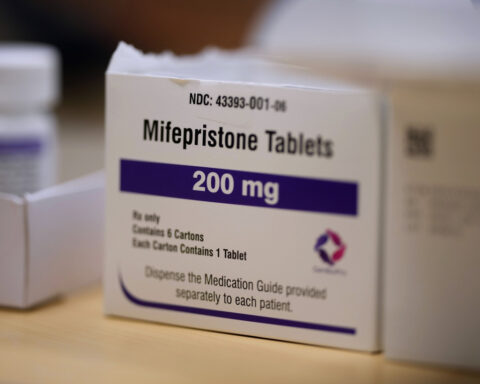There is growing unease over the potential health impacts of man-made chemicals that linger in drinking water. The persistence of certain synthetic chemicals in drinking water has raised worries over possible health consequences.
The ongoing presence of particular industrial compounds in tap water has triggered concerns about possible negative health effects. This scientific evidence compelled new national clean water rules aimed at limiting exposure. Water systems will have five years to comply via filtration. While an important step, this only applies to six of the thousands of PFAS chemicals, many of which lack toxicity data.
PFAS enter groundwater when industry dumps waste containing the chemicals. According to an article in Vox, a high-profile case involved a Michigan woman whose husband died of liver cancer after their well water was contaminated with 38,000 ppt PFAS from a nearby shoemaker. People can also ingest PFAS from food packaging and exposure on the job.
Studies by the Environmental Protection Agency (EPA) connect high blood PFAS with increased cholesterol, thyroid disease, testicular and kidney cancers.established a concerning link between elevated levels of per- and polyfluoroalkyl substances (PFAS) in the bloodstream and a host of adverse health outcomes.
Concerned individuals can contact their water provider or check the Environmental Working Group website to ascertain PFAS levels in their drinking water over time. Those with potential occupational exposure working in factories that use PFAS or make stain-resistant products should also consider testing.
PFAS blood tests cost $300-500 out-of-pocket. While levels called “normal” are controversial and constantly shifting, results can prompt doctors to monitor for related health issues. High-risk patients may need cancer screens before usually recommended.
Currently no treatment removes PFAS from the body. But avoiding waterproofing sprays, fast food packaging, and installing in-home water filters can reduce future exposure.
As research continues, some argue policymakers must better regulate industry’s chemical safety practices to protect public health. The ubiquity of these chemicals leaves consumers with imperfect choices, highlighting the need for systemic change.

 FDA says decongestant in many cold medicines doesn't work. So what does?
FDA says decongestant in many cold medicines doesn't work. So what does?
 Nordstrom to be acquired by Nordstrom family and a Mexican retail group for $6.25 billion
Nordstrom to be acquired by Nordstrom family and a Mexican retail group for $6.25 billion
 CNN's Lauren Fox breaks down findings of House Ethics report on Matt Gaetz
CNN's Lauren Fox breaks down findings of House Ethics report on Matt Gaetz
 Bangladesh seeks extradition of ousted leader Sheikh Hasina from India
Bangladesh seeks extradition of ousted leader Sheikh Hasina from India
 Pandas An An and Ke Ke celebrate their 1st Christmas in Hong Kong
Pandas An An and Ke Ke celebrate their 1st Christmas in Hong Kong
 Hyatt in exclusive talks with Playa Hotels on options, including buyout
Hyatt in exclusive talks with Playa Hotels on options, including buyout
 An analyst looks ahead to how the US economy might fare under Trump
An analyst looks ahead to how the US economy might fare under Trump
 Shohei Ohtani wins 3rd AP Male Athlete of the Year award, tying Michael Jordan for 1 shy of record
Shohei Ohtani wins 3rd AP Male Athlete of the Year award, tying Michael Jordan for 1 shy of record








